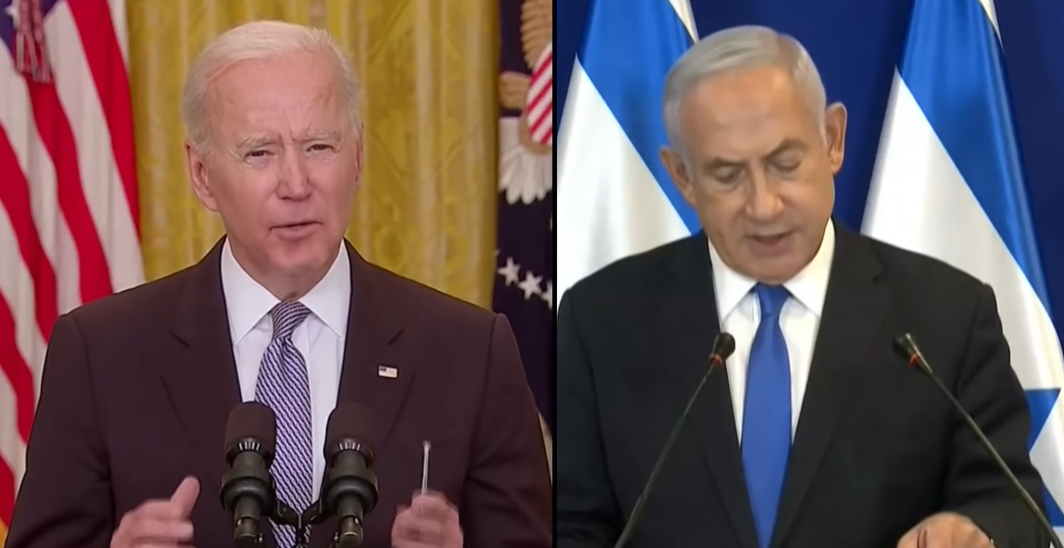Marian Wright Edelman
Those unable to read and compute and graduate from high school are being sentenced to social and economic death
This has been a hard year for poor children and children of color in a gridlocked and cantankerous Congress. The Every Student Succeeds Act (ESSA) replacing the No Child Left Behind Act was enacted after gutting a strong federal role in education policy designed to protect these children and jeopardizing their opportunity for a fair and adequate education to prepare them for work in our globalizing economy.
Over the past 50 years under the Elementary and Secondary Education Act too many states violated their responsibility to serve their poor and non-White children equitably, did not comply with the law and misused huge amounts of the funds intended for poor children for other purposes. With the loss of federal accountability in the new Act, I hope we will not see the mistakes of the past repeated and poor children fall further behind.
In 1969 the Children’s Defense Fund’s parent body the Washington Research Project and the Legal Defense Fund conducted a thorough study of how funds from Title I of the landmark Elementary and Secondary Education Act were being spent through on-the-ground monitoring and examination of federal audit reports from states. In our report, “Title I ESEA: Is It Helping Poor Children?”, we answered a resounding “no” as states widely used federal money as general state aid for all their children without targeting it to eligible children most in need, sometimes to maintain still segregated and unequal schools, and squandered money intended to lift achievement levels of poor children on things like swimming pools in suburban White schools.
Massive and continuing state and local violations of accountability and poor achievement levels for the neediest children resulted in passage during the George W. Bush Administration of the No Child Left Behind Act with bipartisan support including Senator Ted Kennedy and Congressman George Miller — which attempted to build in a much needed stronger federal accountability role. The new Every Student Succeeds Act begins a new era but without needed federal accountability and relying on hopes that all states will fulfill their crucial responsibility to educate all their children fairly and prepare them for work and life. To ensure we do not repeat the mistakes of the past, all of us — every parent, child and community advocate who cares about our nation’s future — will have to work very very hard.
It is nation threatening when we look at how our children in public schools are performing in the fourth and eighth grades in 2015 and see more than 75 percent of lower income children, more than 80 percent of Black children and more than 73 percent of Latino children cannot read or compute at grade level. What is a child going to do in a competitive globalizing world if he cannot read and compute at very basic levels, is unable to graduate from high school, or is shunted into a Cradle to Prison Pipeline™ accelerated by unjust zero tolerance school discipline and misdirected special education policies?
There is some good news in the new Act. Thanks to the leadership of Senator Patty Murray and Representative Bobby Scott, working with Senator Lamar Alexander and Representative John Kline, some of the most harmful proposals were excluded including one that would have diverted Title I funds from high poverty to low poverty schools — the portability provision. The new law requires states to continue to track the performance of all children and subgroups of children by race, ethnicity, disability, and English language learners, with data breakdowns by gender. While states will set their own goals and timelines for academic progress, their plans will require federal approval. States will be required to help fix schools where student test scores are in the lowest five percent, where achievement gaps are greatest, and in all high schools where fewer than 67 percent of students graduate on time using evidence-based programs approved by the U.S. Department of Education.
The Act takes significant positive steps to help students in foster care who have not had targeted attention before by state and local education agencies. Although public child welfare agencies have had obligations for ensuring educational stability for these children for a number of years, the new law helps ensure their school stability and educational success. This should help prevent students from needlessly changing schools — falling further and further behind with each move. It ensures they can remain in their same school when they enter foster care and change placements unless it is not in their best interest. It also requires these children be immediately enrolled in a new school without the typically required records when a school change is necessary to eliminate gaps in their education, and encourages the prompt transfer of records when a child in foster care enters a new school. Both school districts and child welfare agencies must have reciprocal points of contact for students in foster care, and both systems must have a point of contact for them at the state level. Local education and child welfare agencies also must collaborate to develop and implement a plan for transportation for those students who will need it to remain in their school of origin. New data on high school graduation rates for students in foster care will help track their progress.
There are important improvements in the Act for more than 1.3 million children and youth experiencing homelessness also focusing on school stability and success. State and local education agencies must ensure their Title I plans promote identification, enrollment, attendance and school stability of these children. Local education agencies must reserve a portion of their education funding to support homeless children. State report cards must include disaggregated information on graduation rates and other achievement measures for these children. The new Act increases by more than 20 percent the authorized funding level for the McKinney-Vento Homeless Assistance Program which offers critical protections for homeless children.
As hard as it has been for poor and other vulnerable children to move ahead and to make adequate progress even with federal accountability, it will be even harder without it. Parents, community leaders, public officials and child advocates must hold state, district and school leaders accountable for establishing and meeting performance targets for children. They must join with state and local education agencies to insist on increased resources to address the needs of the most vulnerable children. Child advocates and parents must ask for and review state and local school plans and notify the U.S. Department of Education and local media if they think school districts are neglecting some children or violating the new law. At stake are millions of children’s hopes, lives and futures. Those unable to read and compute and graduate from high school are being sentenced to social and economic death. They deserve better in the world’s biggest economy.
Marian Wright Edelman is President of the Children’s Defense Fund whose Leave No Child Behind® mission is to ensure every child a Healthy Start, a Head Start, a Fair Start, a Safe Start and a Moral Start in life and successful passage to adulthood with the help of caring families and communities. For more information go to www.childrensdefense.org












